SOURCE: AFI
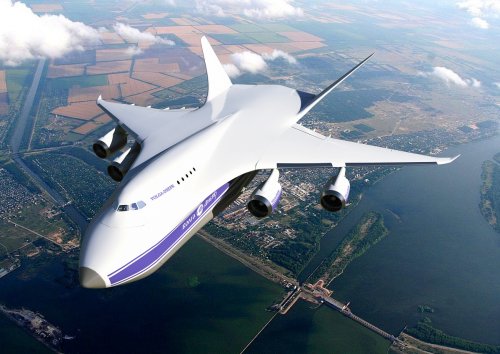
As India’s geopolitical and strategic ambitions continue to grow, the need for a robust and versatile air transport capability for the Indian Air Force (IAF) becomes ever more critical. One potential avenue for enhancing this capability is the development of a domestic equivalent to China’s Xian Y-20A transport aircraft. Such an aircraft could serve as a modern replacement for the ageing Ilyushin IL-76 fleet, which has been a mainstay of the IAF’s strategic airlift capacity for decades.
The Ilyushin IL-76, introduced into the IAF in the mid-1980s, has served as a reliable workhorse for heavy airlift duties. However, with technological advancements and increasing demands on air transport, the IL-76 is showing its age. Issues such as maintenance challenges, fuel inefficiency, and limited payload capacity highlight the need for a more modern solution.
Continue readingSOURCE: AFI
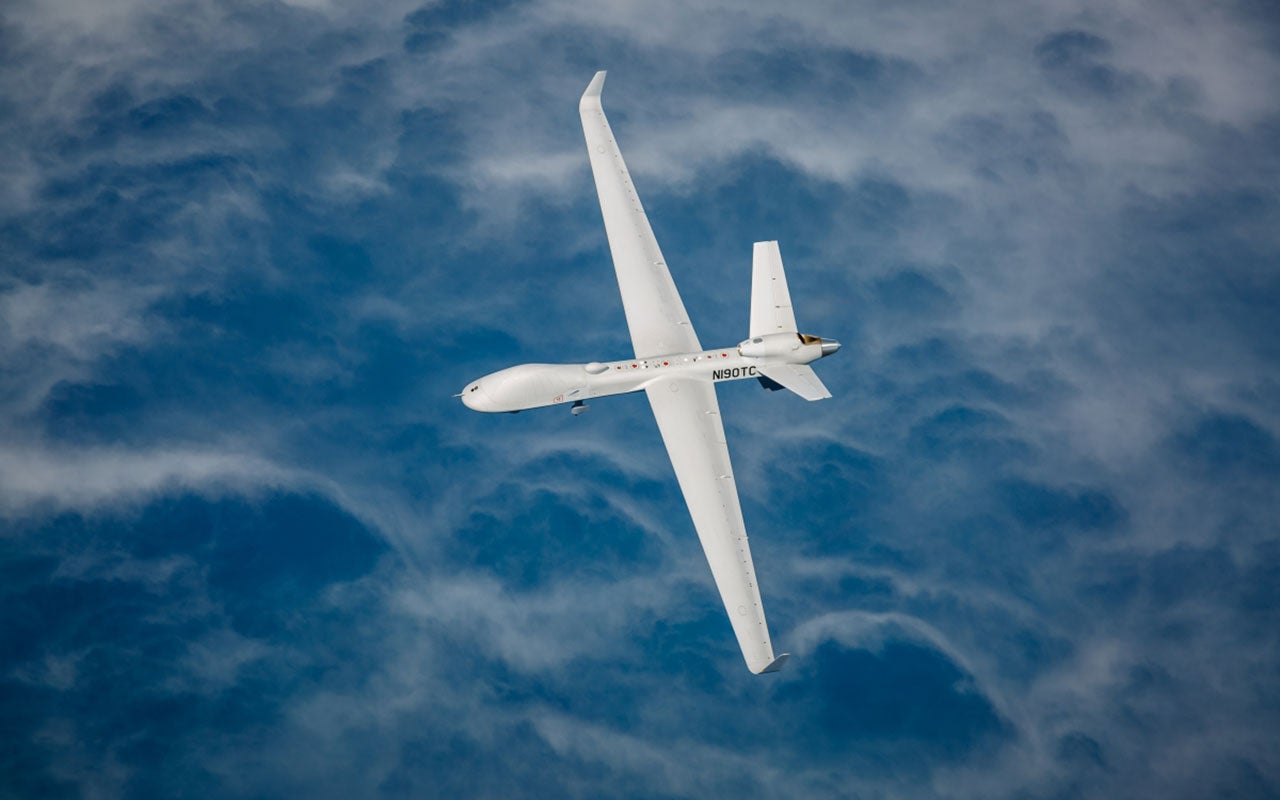
India and the US are joining forces to develop next-generation artificial intelligence for military applications. This collaboration includes the launch of a groundbreaking AI multi-domain situational awareness product, jointly created by American defense contractor General Atomics (GA-ASI) and Indian firm 114AI.
The new product is designed to support joint all-domain command and control, providing military operators with a crucial advantage in complex situations. According to GA-ASI, the capabilities demonstrated by the 114AI team suggest this technology will be a game-changer for military operations.
Continue readingSOURCE: AFI

The Indian Space Research Organisation (ISRO) is taking a significant step forward in its Reusable Launch Vehicle (RLV) technology development program. As reported by The Times of India (TOI), ISRO plans to utilize a modified Geosynchronous Satellite Launch Vehicle (GSLV) rocket to launch RLVs for orbital re-entry demonstration missions in the next phase of testing.
The key modification to the GSLV involves replacing its powerful cryogenic upper stage with a modified version of the PS4 stage, the last stage of the PSLV rocket. This switch is driven by the weight of the RLVs being tested. With an expected weight of 3.5 to 4 tons, the RLVs don’t require the massive energy output of the GSLV’s cryogenic stage.
Continue readingSOURCE: AFI

US Ambassador to India, Eric Garcetti, has warned Indian companies of the serious consequences they face if they violate global sanctions imposed on Russia. This warning comes after Japan sanctioned Bengaluru-based Si2 Microsystems, an electronics equipment designer and manufacturer, for allegedly helping Russia circumvent sanctions related to the Ukraine war.
Si2 Microsystems’ troubles don’t end with Japan. The company was previously sanctioned by the European Union in February 2024 and the US in November 2023, with both accusing it of supporting Russia’s military and defense sectors.
Continue readingSOURCE: IDRW.ORG
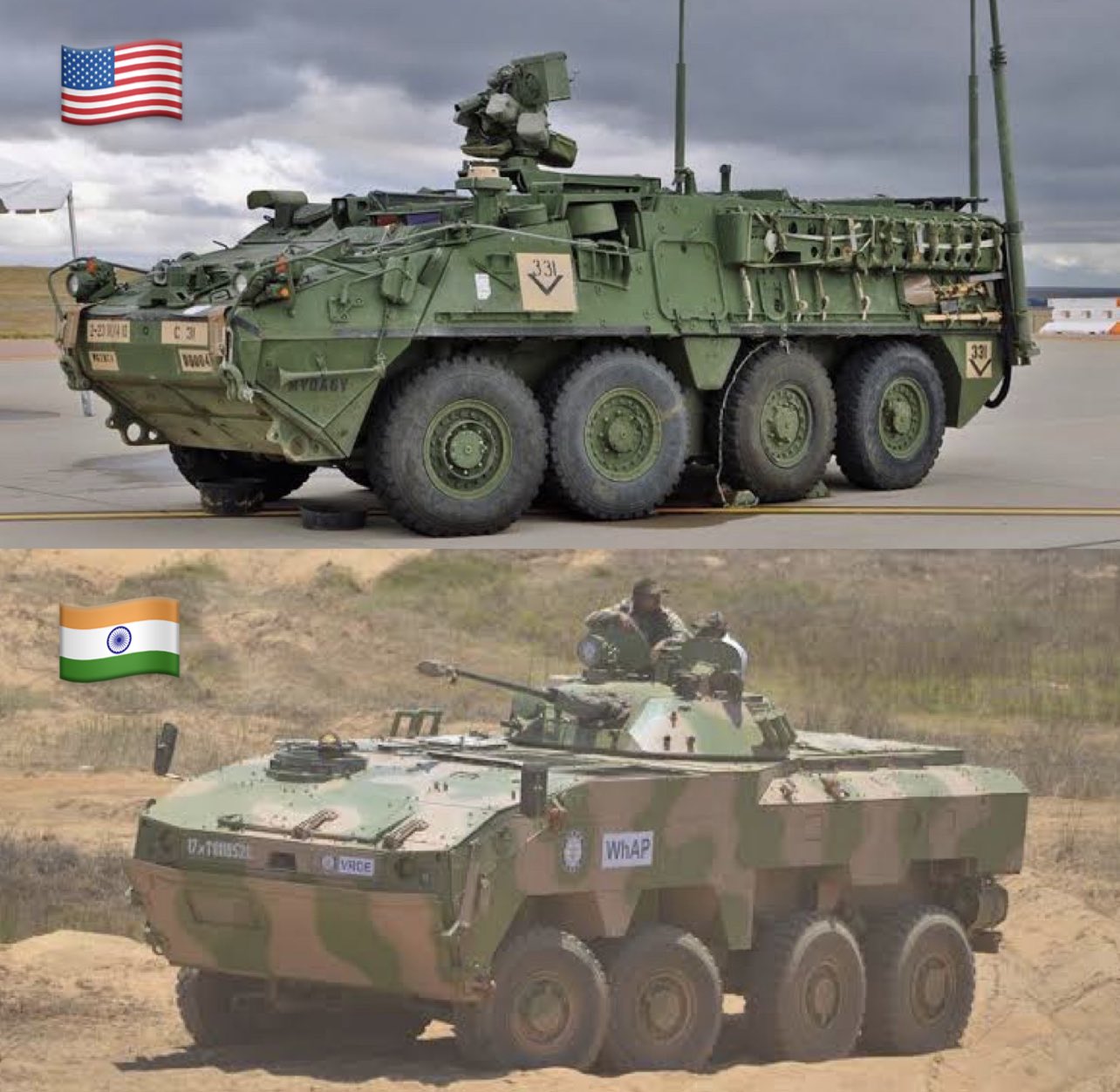
According to sources close to idrw, the Indian Army’s evaluation of contenders for its new 8×8 wheeled armored vehicle program has hit a snag. Local offerings, including DRDO’s WhAP 8×8, reportedly received negative feedback, with the Army favoring the American Stryker for its superior design and protection.
Reports suggest the Army views the Stryker as a more robust platform compared to indigenous alternatives. This contradicts DRDO’s stance, which positioned their WhAP 8×8 as superior to vehicles like the Stryker, Fuchs 2, and Piranha 3 based on a comparison chart.
Continue readingSOURCE: IDRW.ORG
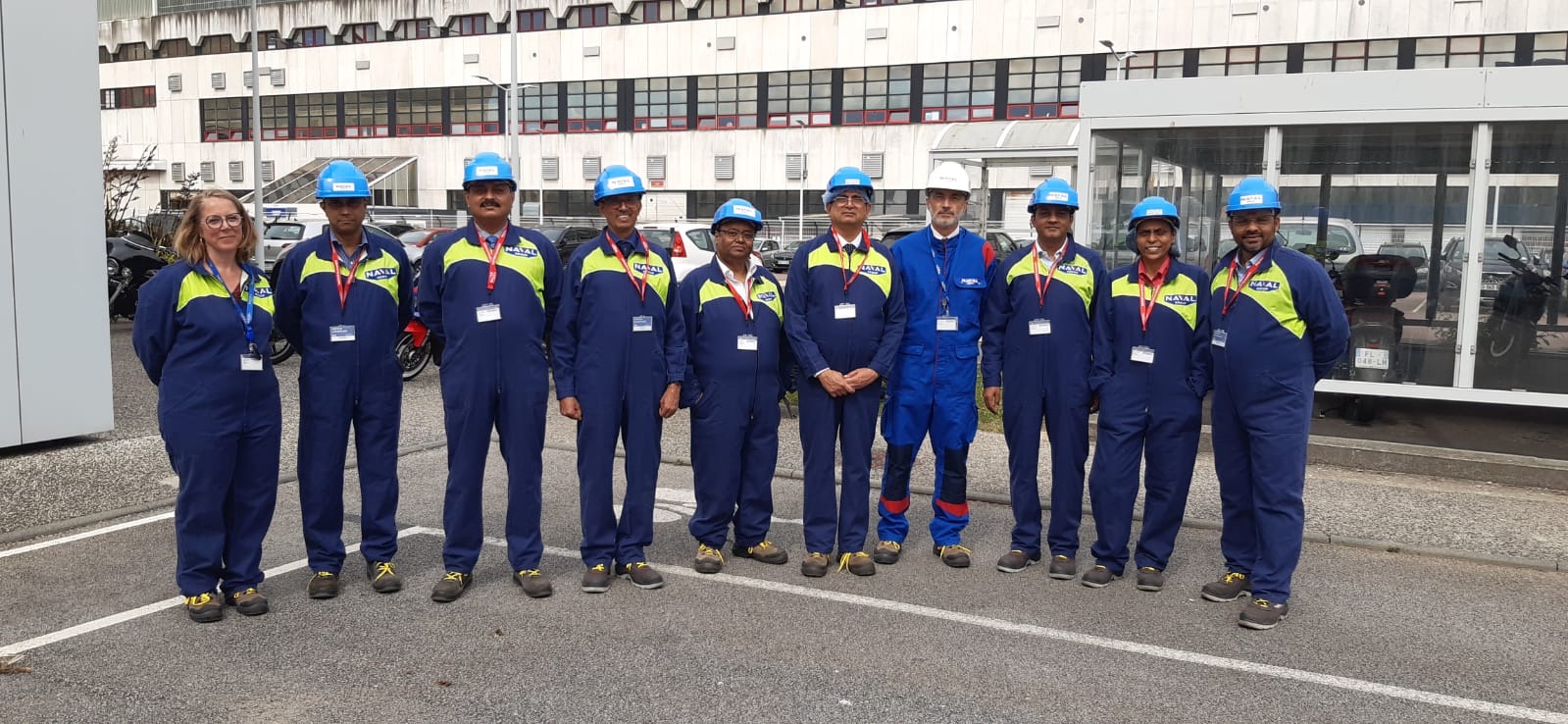
A DRDO team recently visited Naval Group France to discuss the progress of integrating an indigenous Air Independent Propulsion (AIP) system into Kalvari-class submarines. This collaboration marks a significant step towards India’s “Atmanirbhar Bharat” (Self-reliant India) initiative in the defense sector.
Last year, DRDO and Naval Group signed an agreement to equip INS Kalvari with a fuel cell-based AIP system developed by DRDO’s Naval Materials Research Laboratory (NMRL). The agreement includes certification by Naval Group to ensure the safe and effective integration of the AIP system within the submarines.
Continue readingSOURCE: AFI

French aircraft giant Dassault Aviation SA is strengthening its ties with India’s aerospace industry. The company has begun sourcing titanium parts from Indian companies for the production of Rafale fighter jets, a move that signifies a broader effort to expand its supply chain and potentially reduce reliance on traditional sources.
This strategic collaboration benefits both parties. Dassault gains access to a potentially reliable and cost-effective source of high-quality titanium parts, crucial for the construction of its advanced fighter jets. Indian companies, on the other hand, secure valuable partnerships with a leading player in the aerospace sector, fostering technological advancements and growth in their domestic industry.
Continue readingSOURCE: AFI

In a significant step towards self-reliance in defense capabilities, India has developed SEBEX 2, a new explosive material certified by the Indian Navy. This innovation by Economic Explosives Limited, a subsidiary of Solar Industries, is reported to be twice as powerful as TNT (trinitrotoluene), making it one of the strongest non-nuclear explosives globally.
SEBEX 2 holds the potential to revolutionize the destructive power of bombs and artillery shells without increasing their weight. This translates to enhanced potency and efficiency of weaponry, according to officials. The high-melting explosive composition is designed to inflict greater damage on targets through blast and fragmentation effects, making it ideal for warheads, aerial bombs, and artillery shells.
Continue readingSOURCE: AFI

Indian security forces have been put on high alert following the escape of 19 prisoners, including a “dreaded militant commander,” from a jail in Pakistan-occupied Kashmir (PoJK) on Sunday night.
Among the escapees is Ghazi Shehzad, a terror suspect with alleged ties to Lashkar-e-Taiba (LeT) and Jamaat-ud-Da’wah, led by Hafiz Saeed. Shehzad was reportedly earlier active in Jammu and Kashmir before his arrest for involvement in militancy. Some reports suggest he may have been exchanged as part of a prisoner swap.
Continue readingSOURCE: AFI

The Punjab Government has formally submitted an application to Lok Sabha Speaker Om Birla, seeking the grant of parole to NSA detainee Amritpal Singh. The request is intended to facilitate Singh’s oath-taking as the newly elected Member of Parliament (MP) for Khadoor Sahib.
Rajdev Singh Khalsa, an ex-MP and spokesperson for Amritpal Singh, announced that an application had been initially moved to the Amritsar District Magistrate (DM). Given that the case under the National Security Act (NSA) was registered in Amritsar, the DM subsequently forwarded the application to the Punjab Home Secretary, who then directed it to the Lok Sabha Speaker.
Continue readingSOURCE: AFI

A video of Indian Army Major General Prasanna Joshi has gone viral on X, showcasing the 56-year-old officer’s impressive physical fitness as he performs 25 pull-ups without a break. The video, shared by retired Lt Colonel JS Sodhi, has garnered widespread admiration and respect.
In the video, Major General Joshi, dressed in his uniform, confidently approaches a pull-ups station in a gym. With remarkable ease and precision, he completes 25 consecutive pull-ups, leaving young Army personnel present in the gym in awe and applause.
Continue readingSOURCE: RAUNAK KUNDE / NEWS BEAT / IDRW.ORG
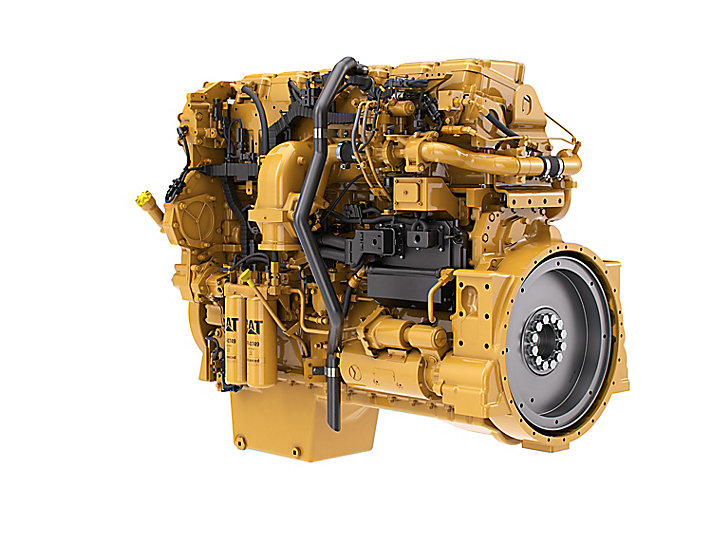
The joint development and production of the latest Stryker armoured infantry combat vehicles between India and the US face a hurdle: engine incompatibility. While both nations expressed interest in the project, India’s demanding terrain necessitates a more powerful engine than the current offering.
The Indian Army requires an engine capable of handling the harsh conditions of its borders, particularly the high altitudes of Ladakh and Sikkim. Caterpillar’s C7 engine, used in current Stryker models, falls short with its 300 horsepower output.
Continue readingSOURCE: RAUNAK KUNDE / NEWS BEAT / IDRW.ORG

Oliver Burkhard, CEO of ThyssenKrupp Marine Systems (TKMS), has proposed an intriguing prospect for India’s shipbuilding industry. If TKMS is chosen for the Indian Navy’s Project-75I tender, Burkhard envisions India becoming a hub for TKMS submarines in the Asia-Pacific region.
TKMS has joined forces with Mazagon Dock Shipbuilders Ltd (MDL) to submit a bid for Project-75I. This collaborative effort focuses on building six advanced submarines for the Indian Navy, with an estimated cost exceeding Rs 45,000 crore.
Continue readingSOURCE: RAUNAK KUNDE / NEWS BEAT / IDRW.ORG
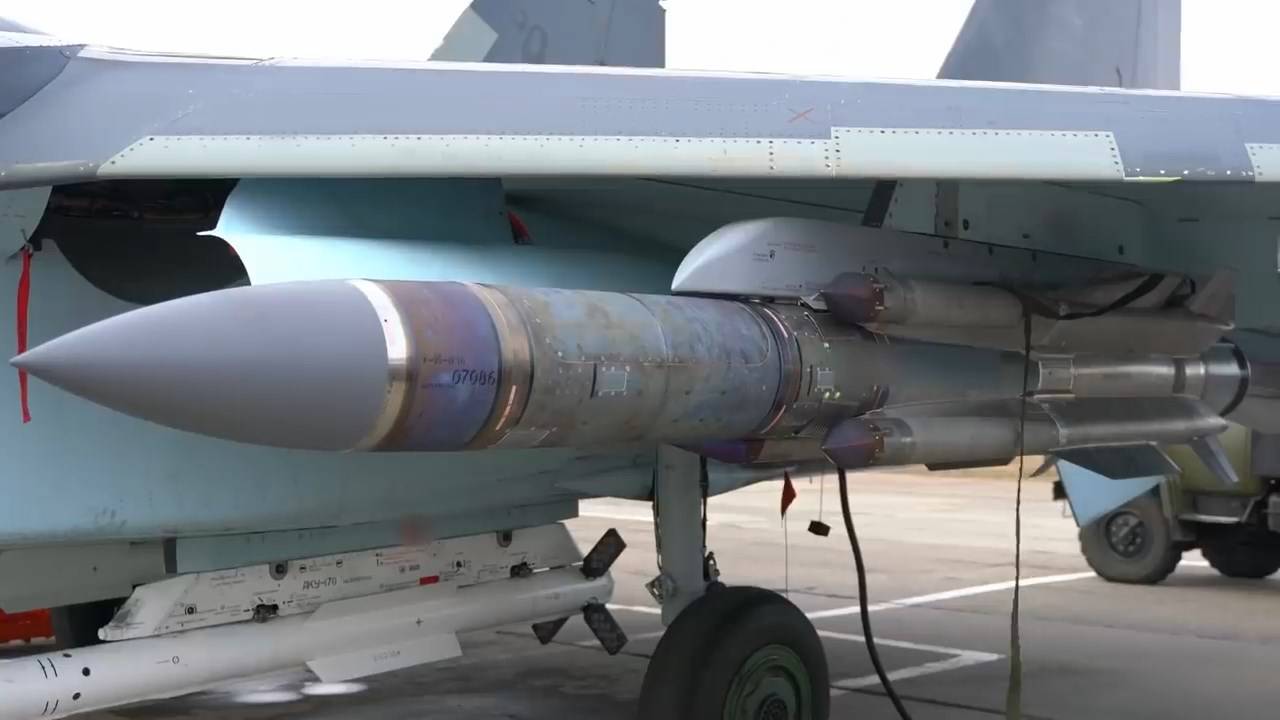
The Indian Air Force, operating under the Ministry of Defence, has issued a call for Expressions of Interest (EoI) from Indian firms for the repair, refurbishment, and life extension checks of X-31P air-launched missiles. This initiative falls under the category of ‘Missiles with Original Equipment Manufacturer (OEM) Support’ and aims to involve Indian firms through joint ventures (JV) or memoranda of understanding (MoU) with the OEM of the missile. The following paragraphs detail the proposal and its scope.
The primary objective of this initiative is the comprehensive repair, refurbishment, and life extension of life-expired X-31P missiles currently held in various categories. The life extension process will encompass all aspects assigned by the OEM, including but not limited to.
Continue readingSOURCE: AFI
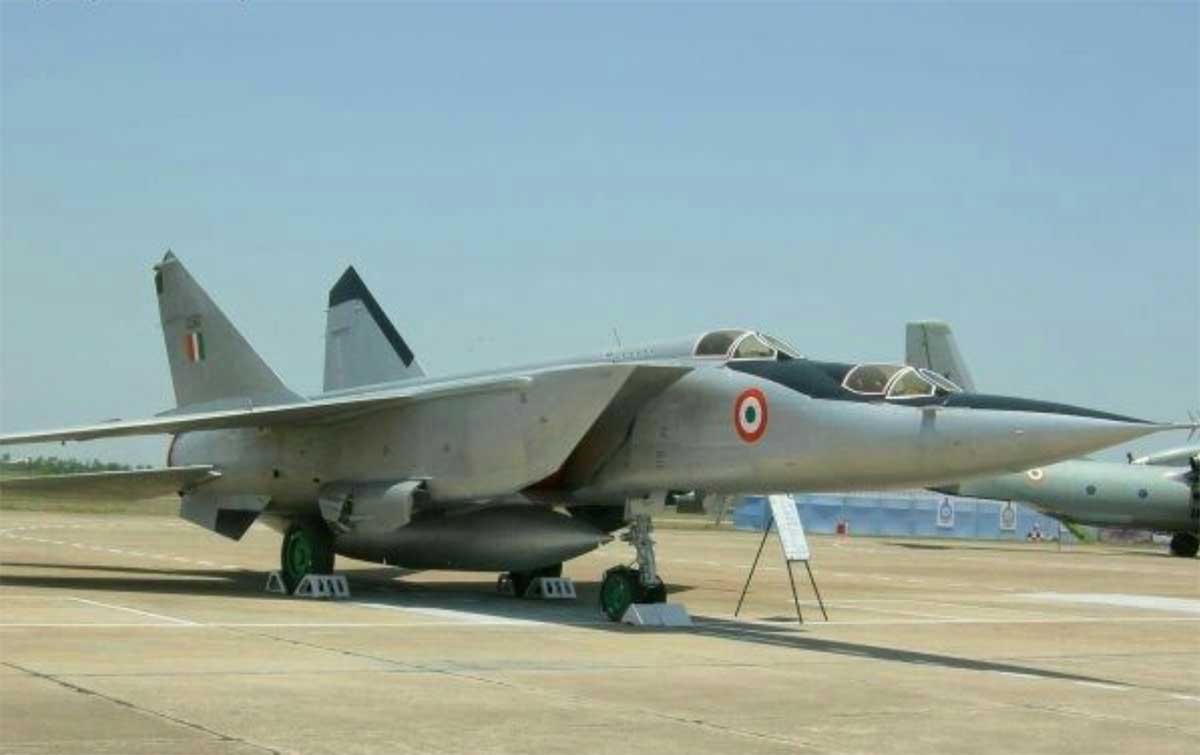
In May 1997, tensions soared in South Asia as an Indian Air Force (IAF) MiG-25 streaked across Pakistani airspace. The telltale boom of breaking the sound barrier shattered the calm, sending shockwaves through Islamabad and scrambling Pakistani defenses. But their efforts were in vain. The MiG-25, nicknamed “Foxbat” by NATO, was simply too fast and too high.
This wasn’t a random act. The MiG-25, a product of the Cold War era, was a technological marvel. Capable of reaching speeds of Mach 2.5 and soaring over 70,000 feet, it flew comfortably beyond the reach of any Pakistani interceptor at the time. This operational advantage made it the perfect platform for covert reconnaissance missions.
Continue reading